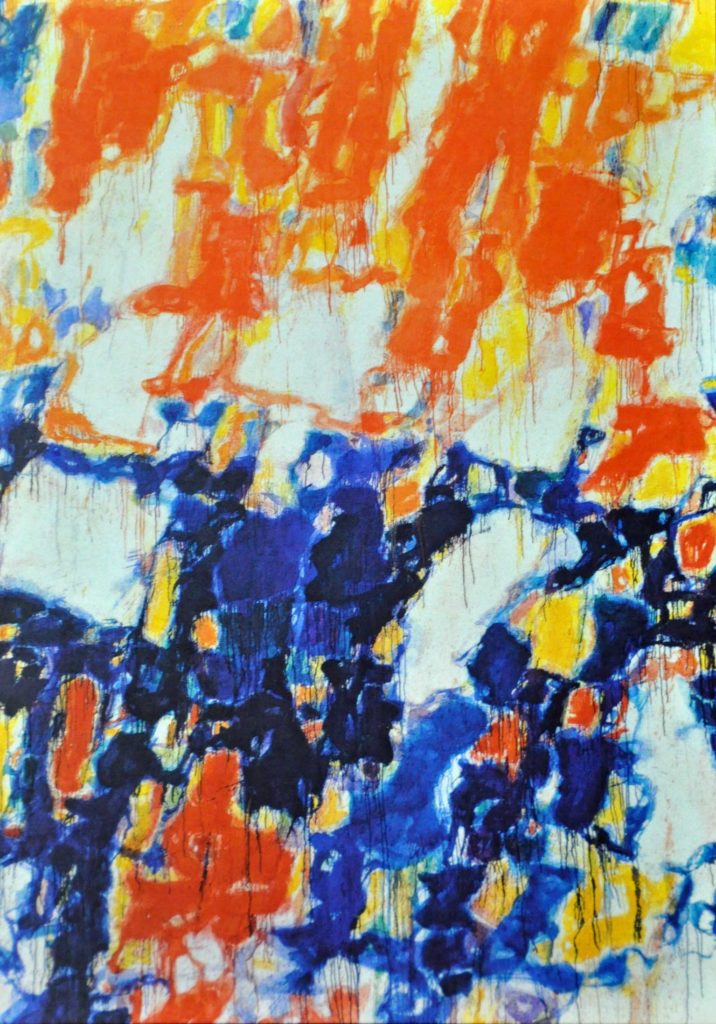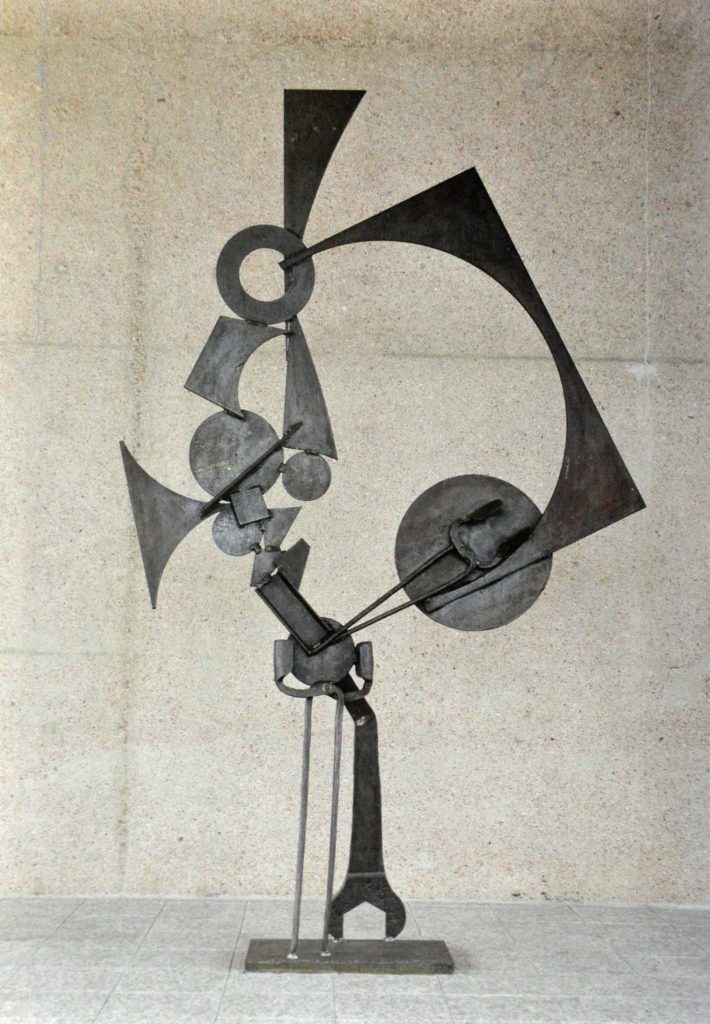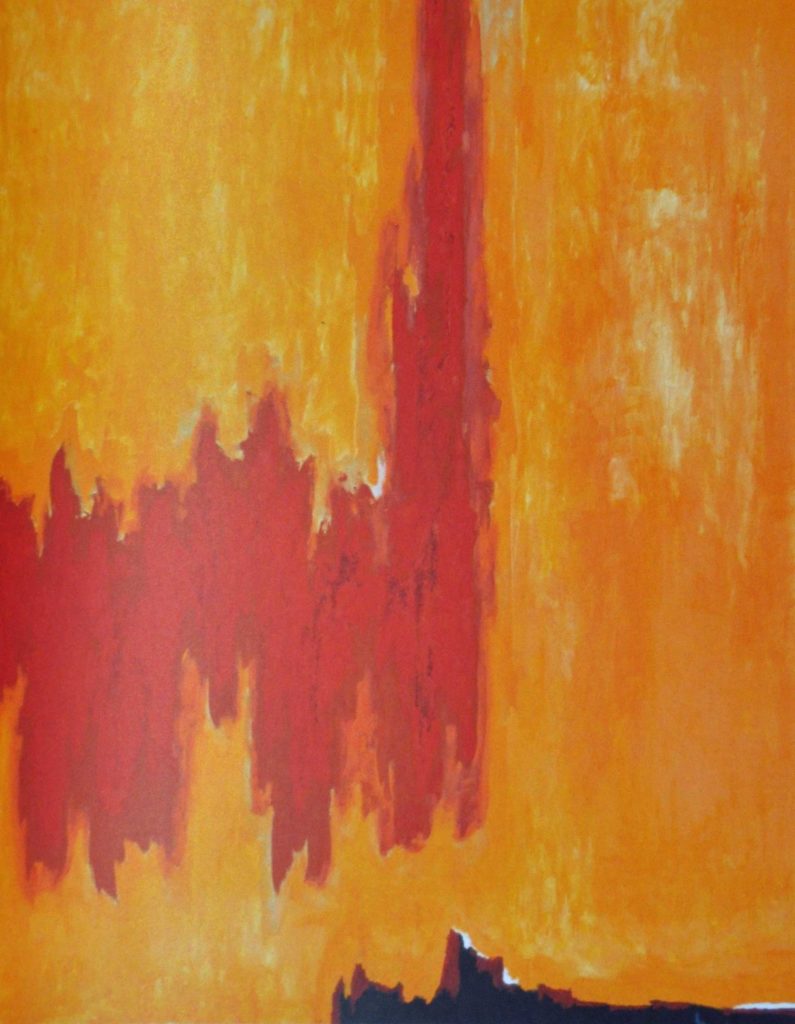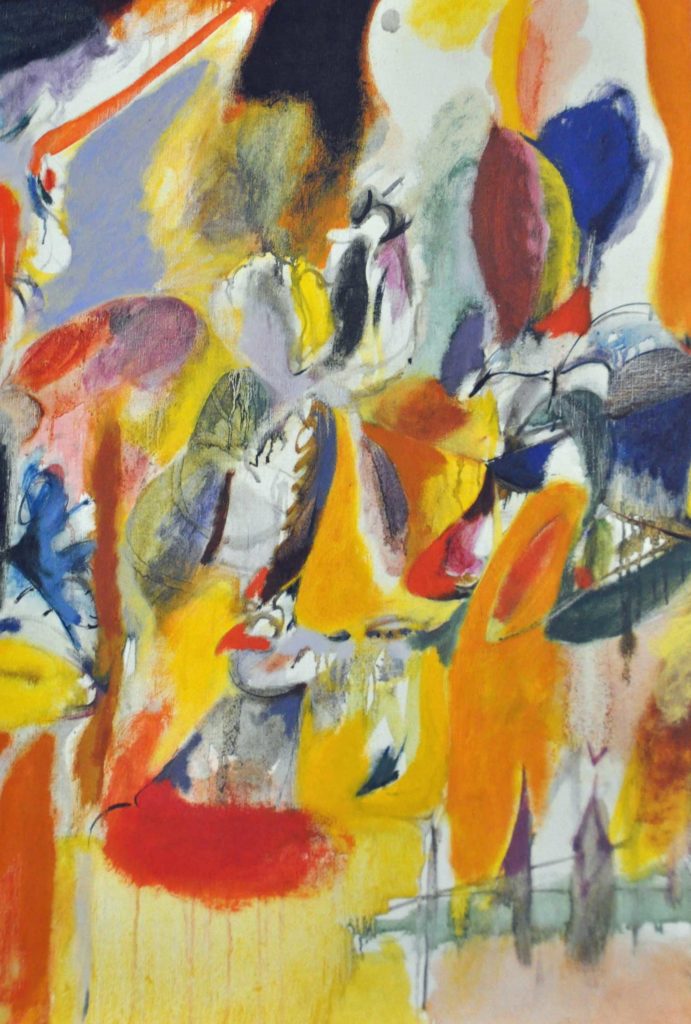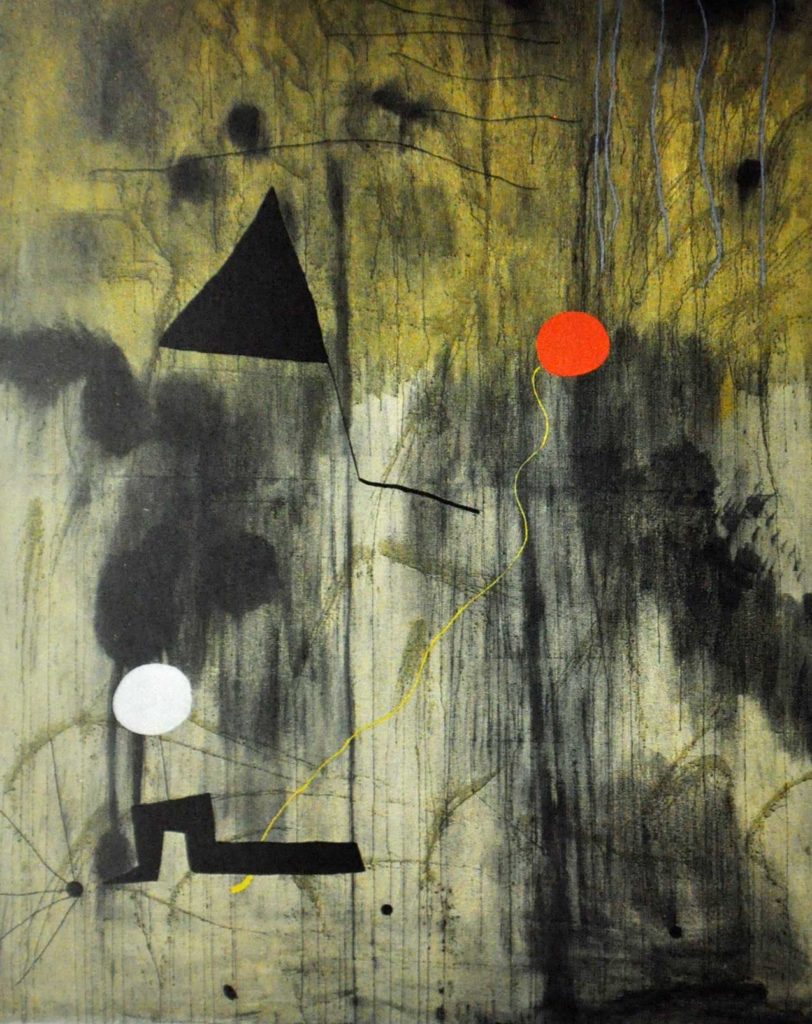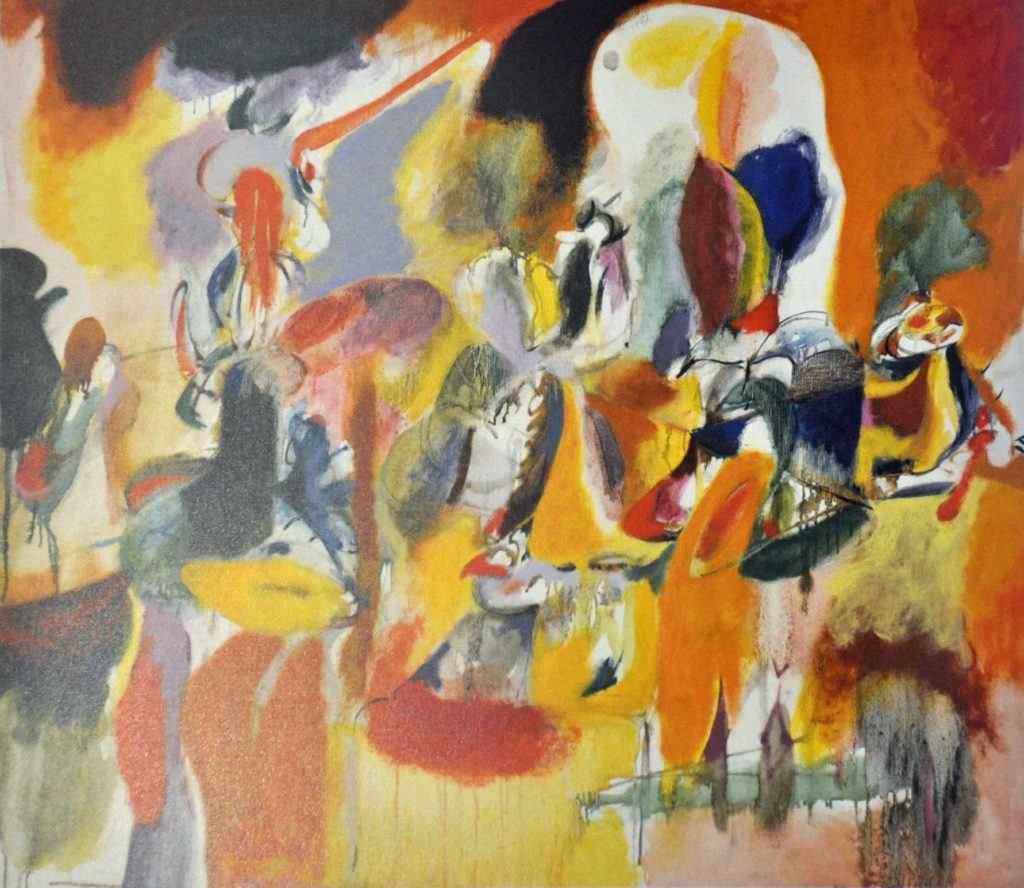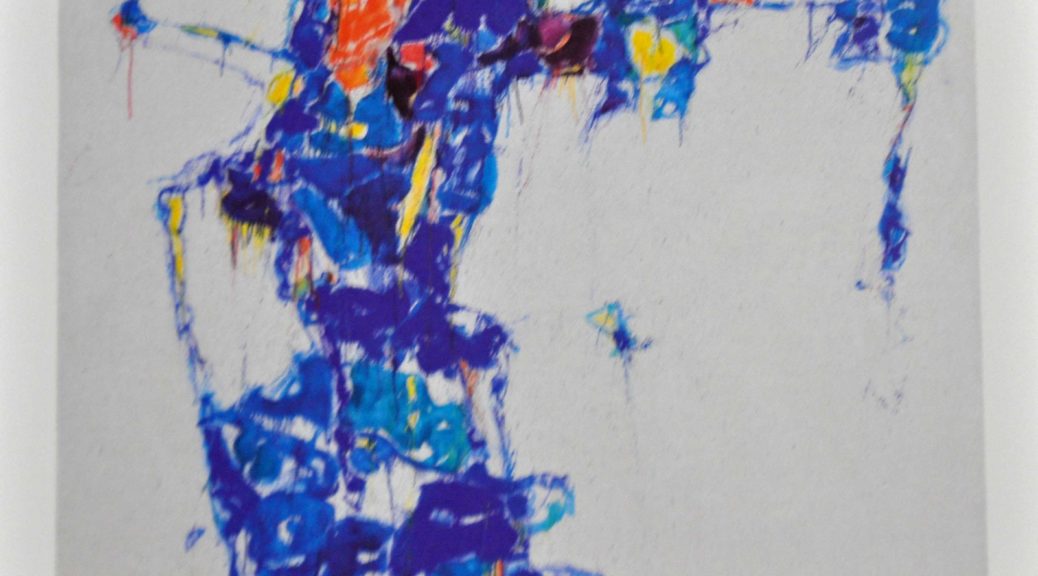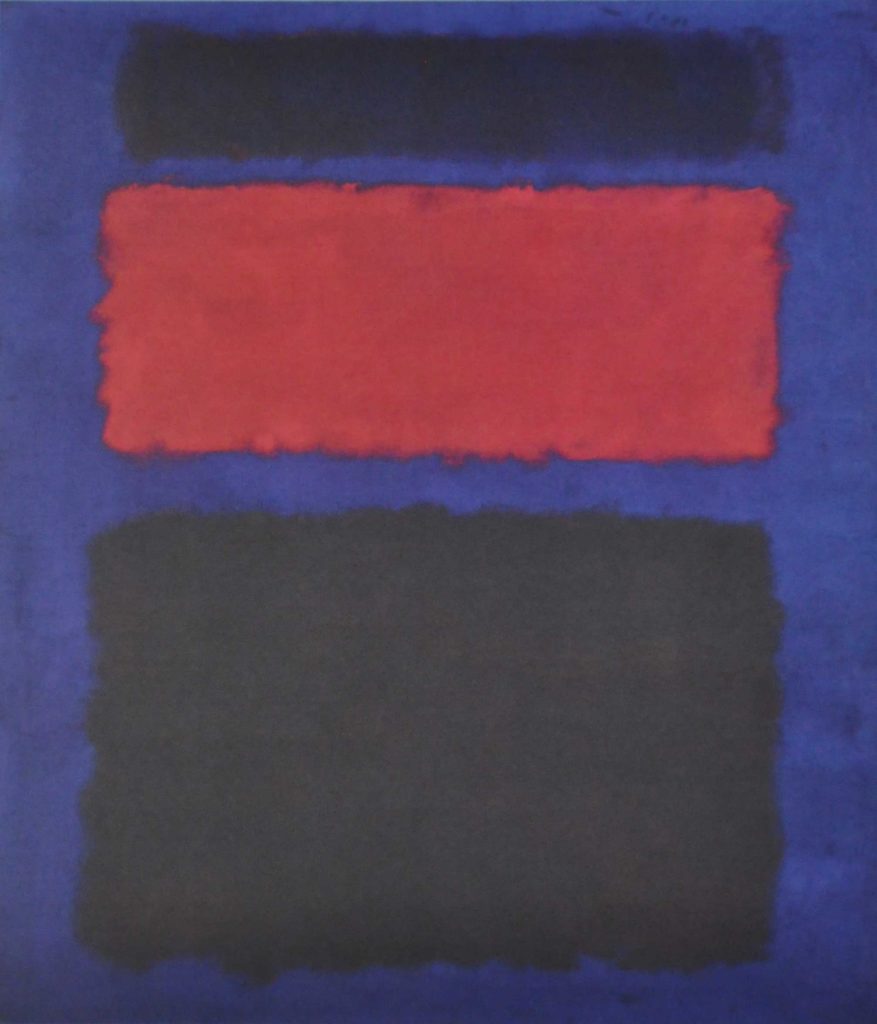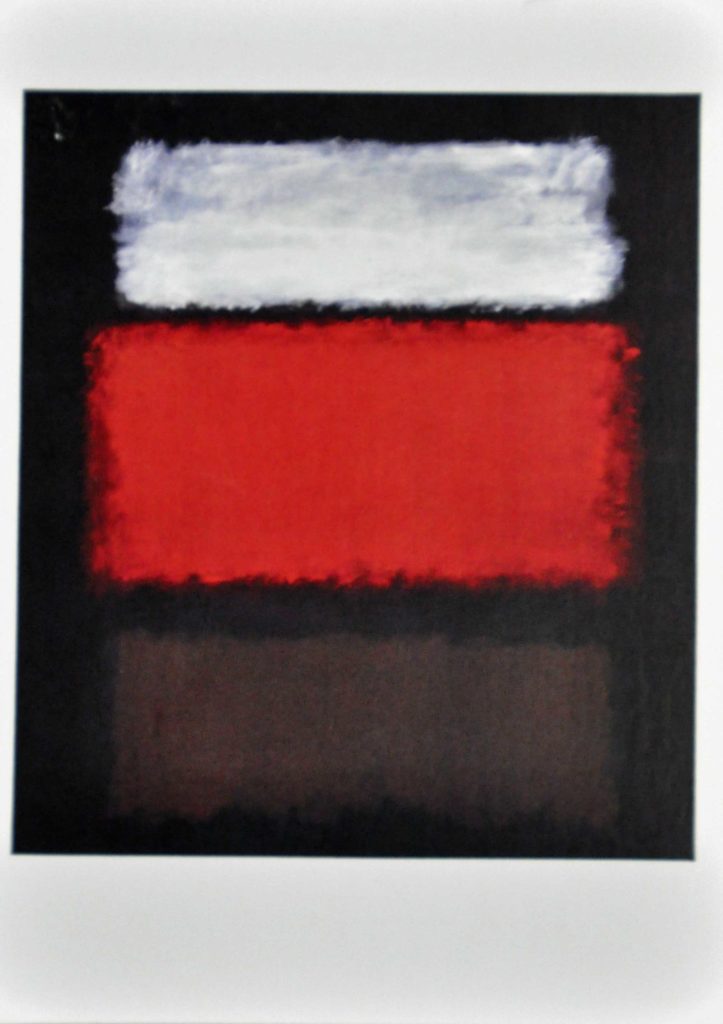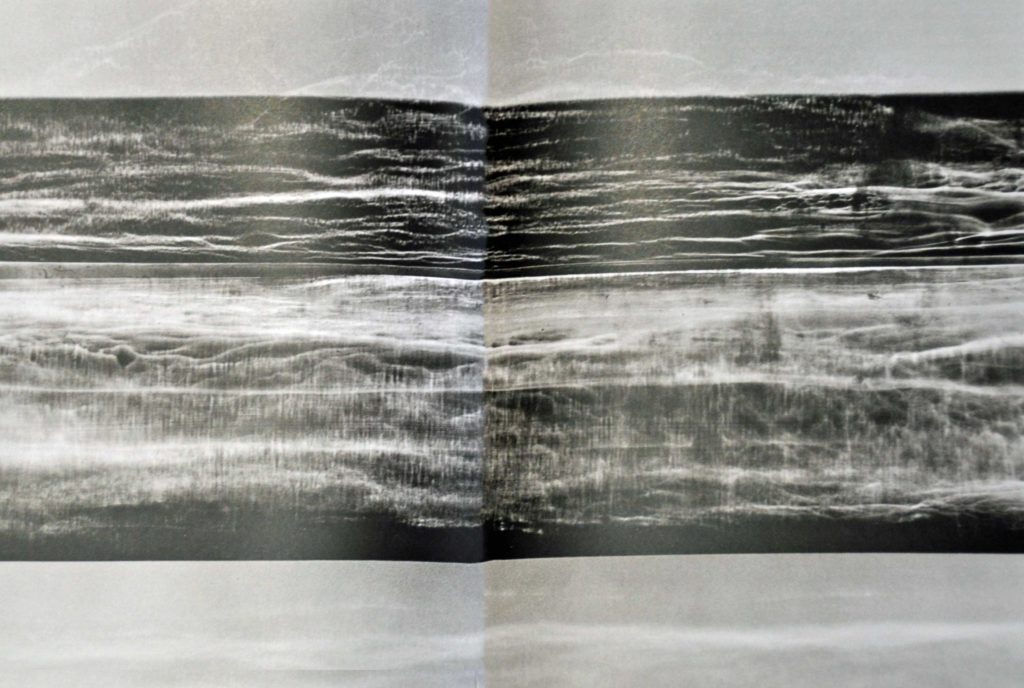Exploring an unparalleled period in American art, the latest exhibition at the Royal Academy looks at the full breadth of a movement that will forever be associated with the boundless creative energy of 1950s New York.
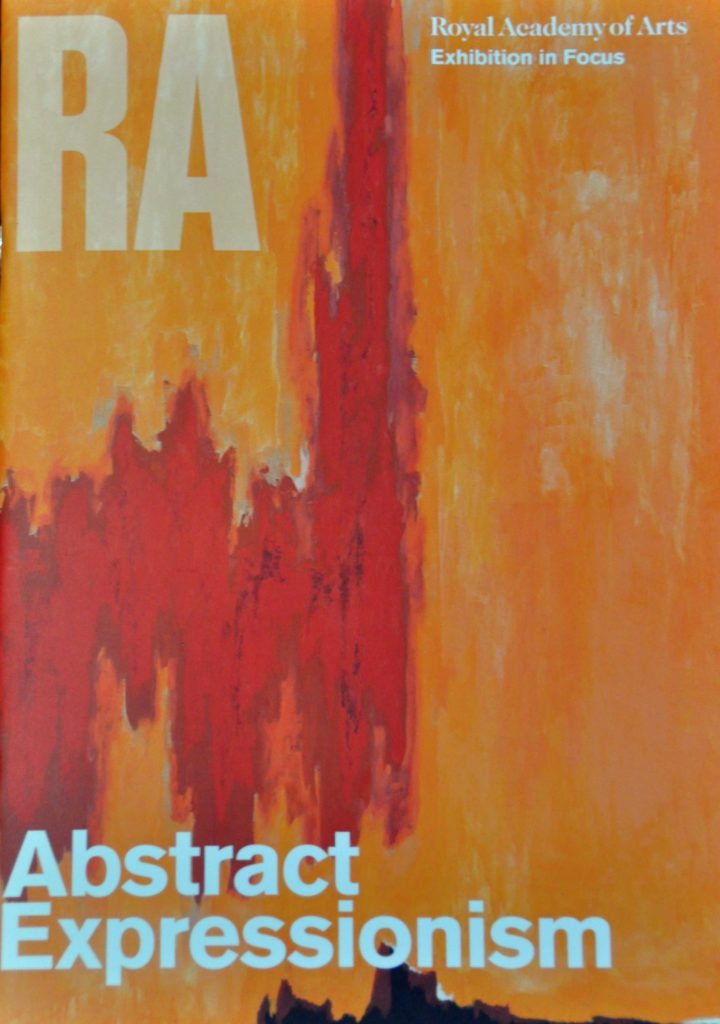
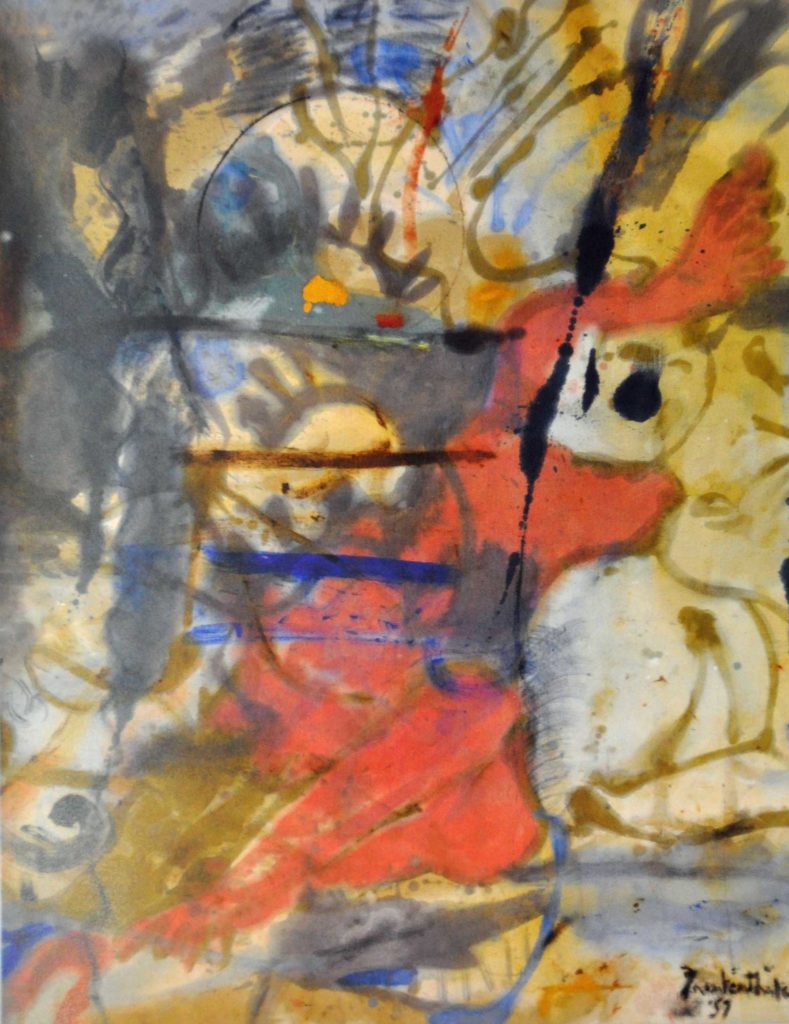 Helen Frankenthaler
Helen Frankenthaler
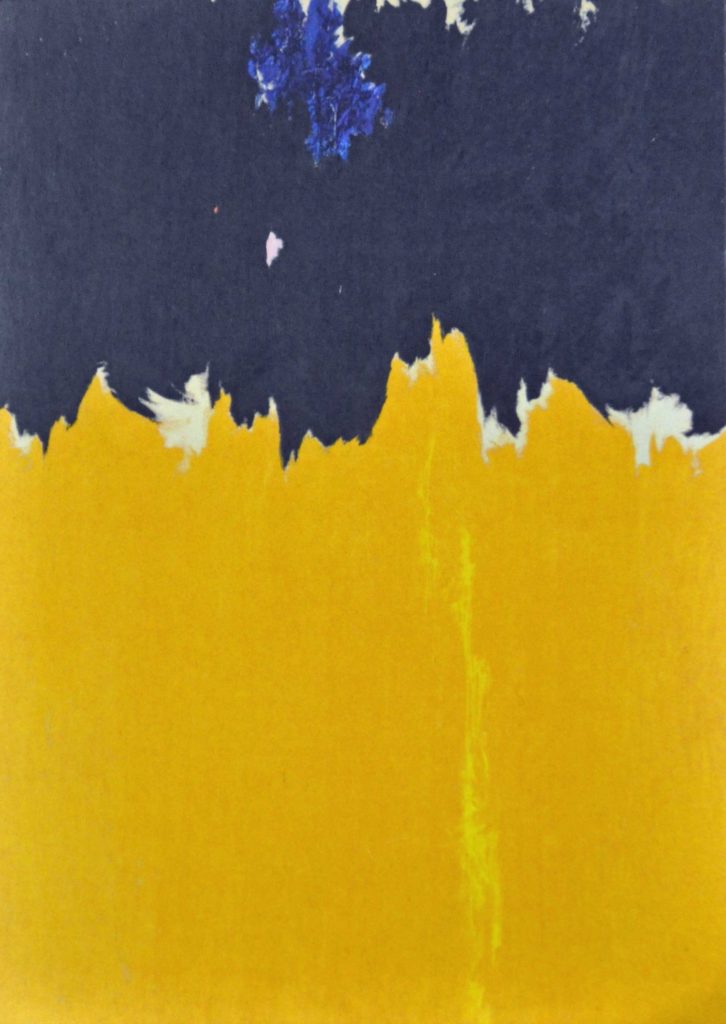
Given our own “age of anxiety” post-brexit, post-President Trump, maybe the pictures are more relevant than ever.
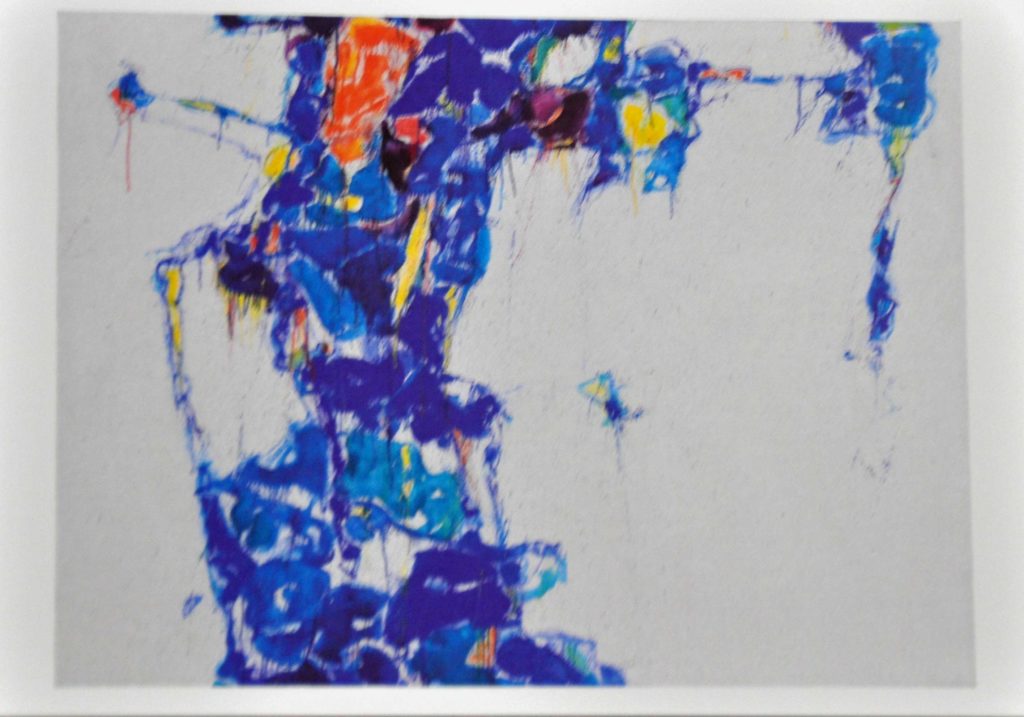
Often monumental in scale, the works shown can be intense, spontaneous and deeply expressive. Others feel more contemplative, presenting large fields of colour. These were radical creations at the time, redefining the nature of painting, and were intended not simply to be admired from a distance but as two-way encounters between artist and viewer.
It was a watershed moment in the evolution of 20th-century art, yet, remarkably, there has been no major survey of the movement since 1959.
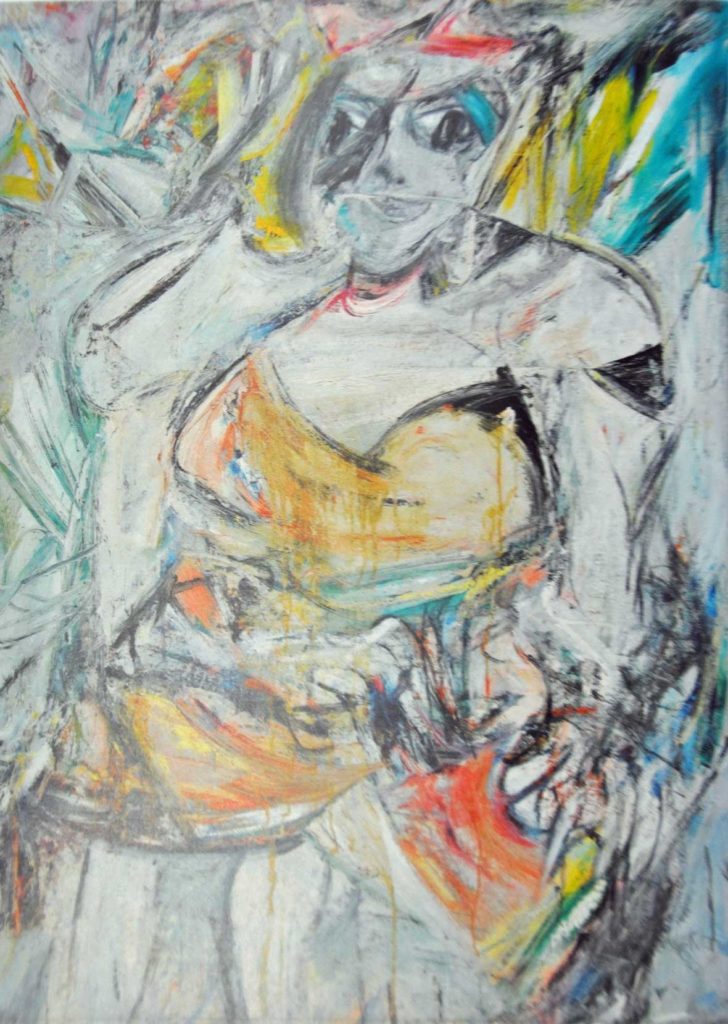
The exhibition offers the chance to view the powerful collective impact of Pollock, Rothko, Still, de Kooning, Newman, Kline, Smith, Guston and Gorky as their works dominate our galleries with their scale and vitality.
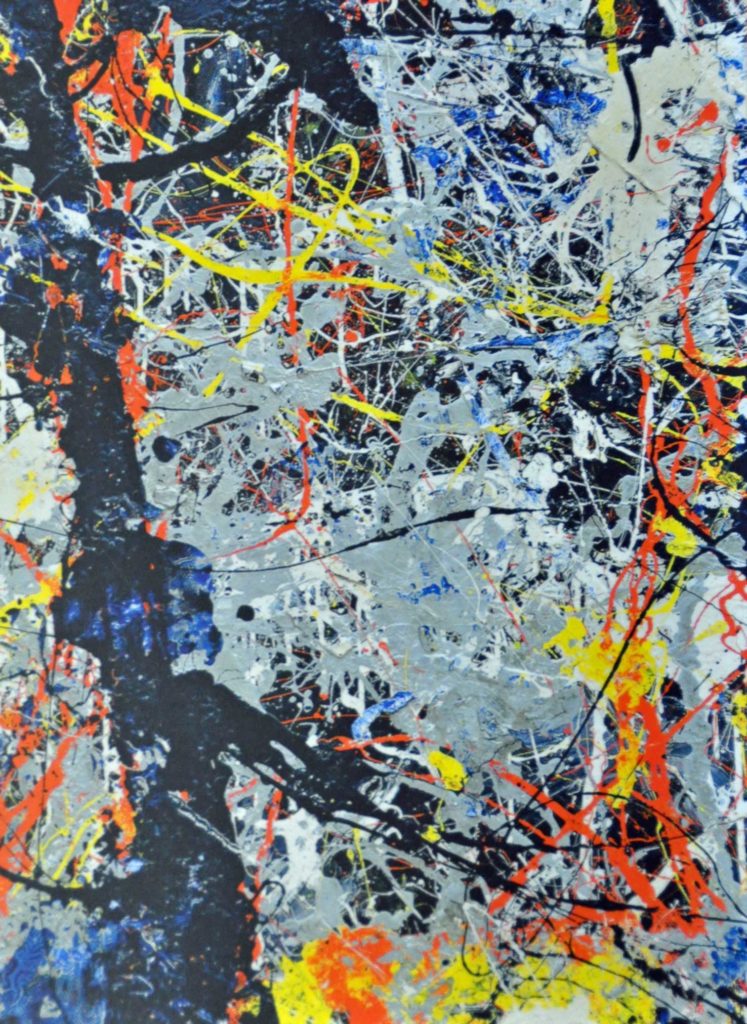
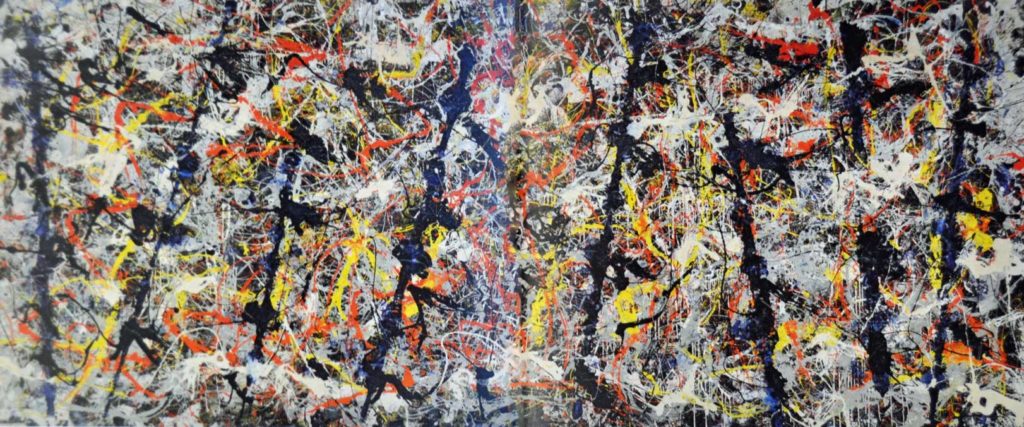
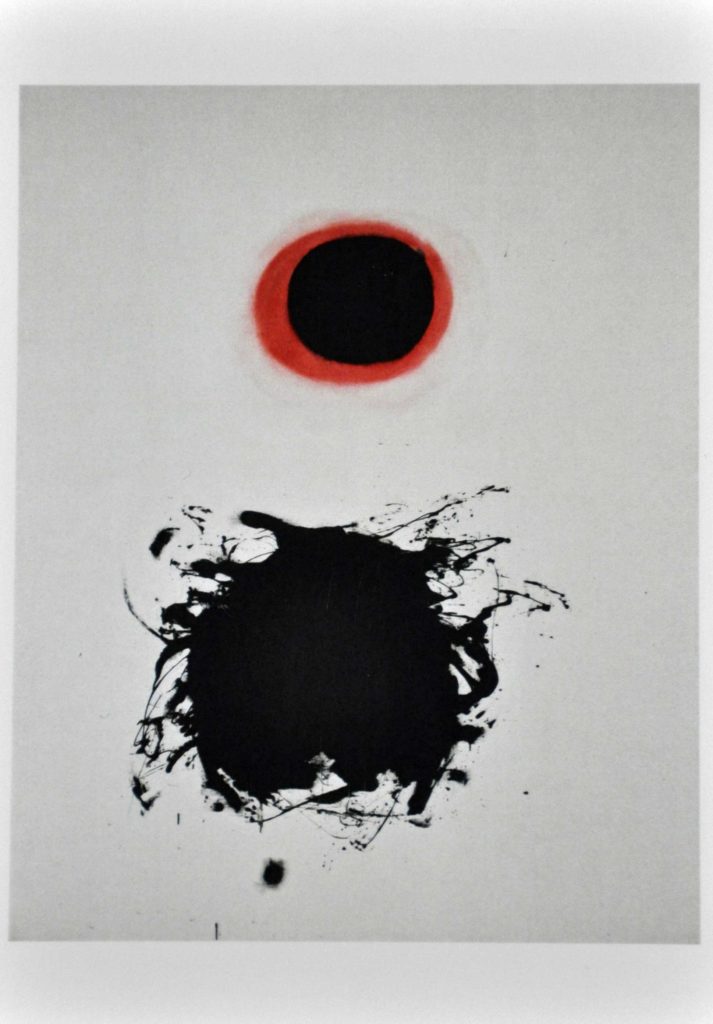
The exhibition has been curated by the independent art historian Dr David Anfam, alongside Edith Devaney, Contemporary Curator at the Royal Academy of Arts. Dr Anfam is the preeminent authority on Abstract Expressionism, the author of the catalogue raisonné of Mark Rothko’s paintings and Senior Consulting Curator at the Clyfford Still Museum, Denver.
